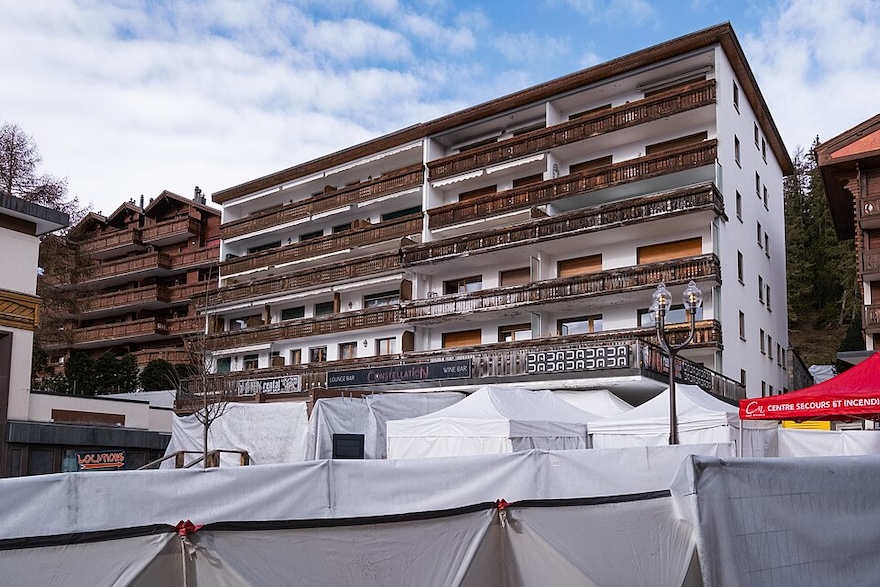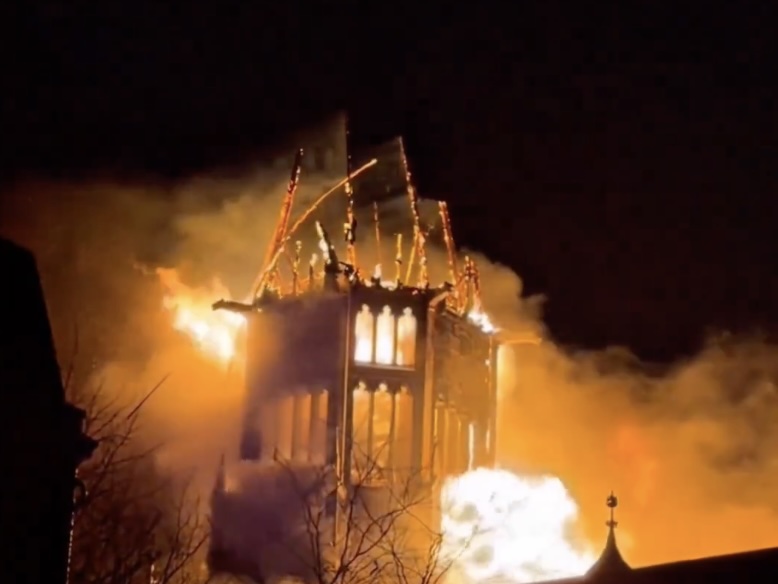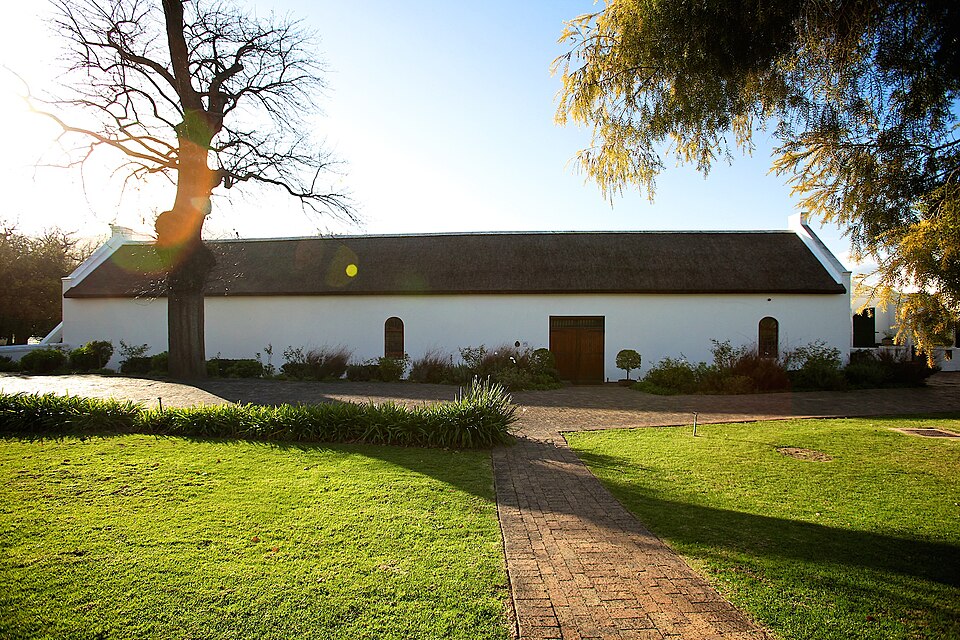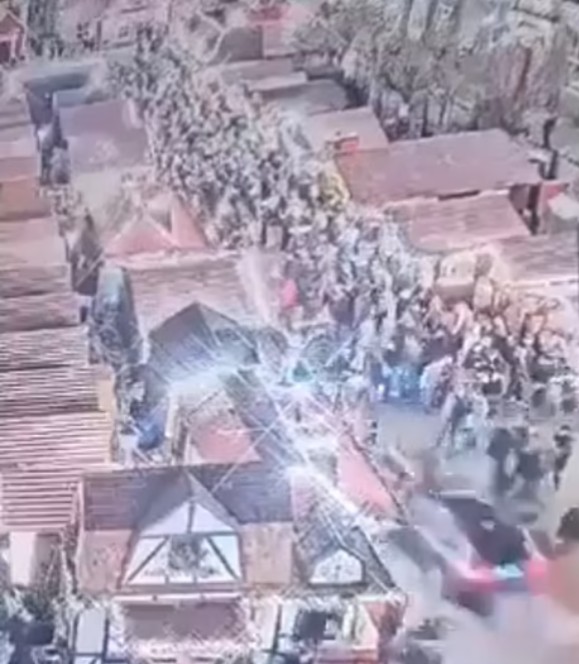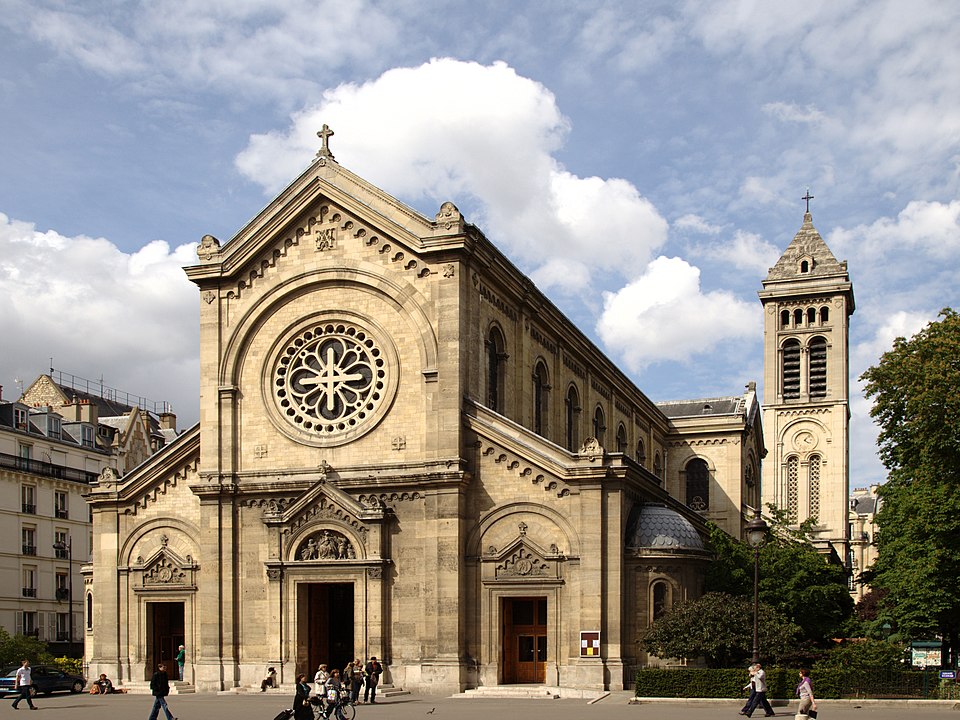Wildfire Risk to Cultural Heritage: Insights from Dragon Bravo Fire
The Dragon Bravo fire, which commenced on July 4th 2025 due to lightning within Grand Canyon National Park (Arizona, USA), has had a profound impact that extends beyond immediate environmental concerns. Such events have far-reaching consequences for the preservation of irreplaceable assets and the public enjoyment of these historic sites.
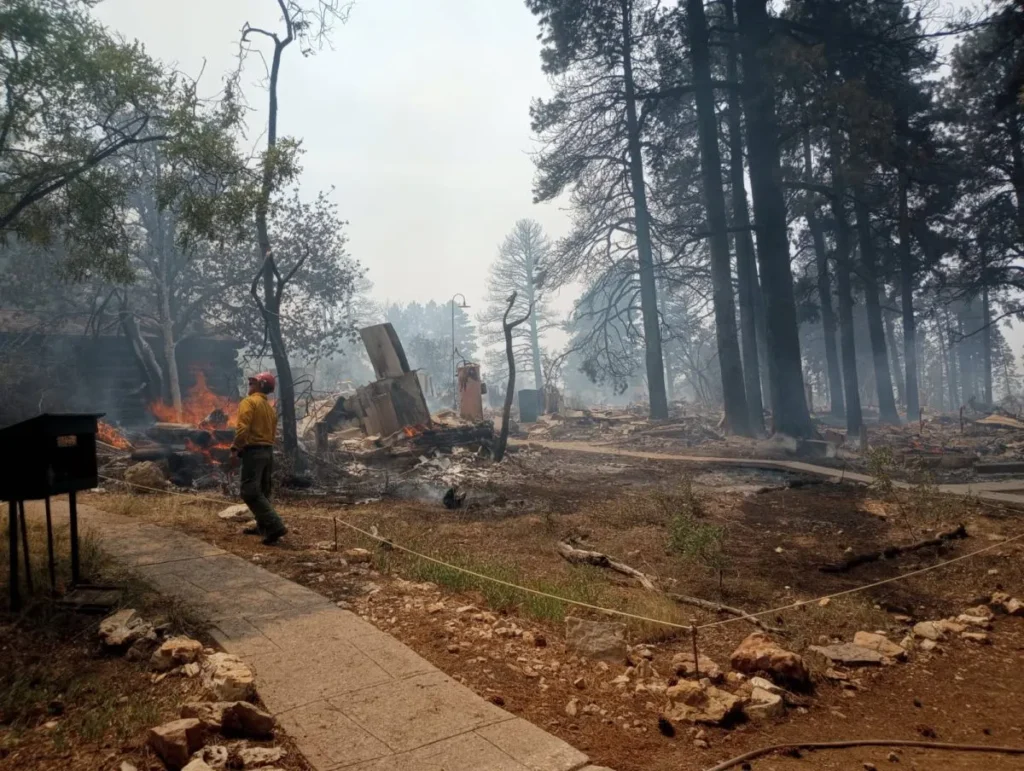
Disruption of Park Visitation and Impact on Public Enjoyment
The fire has resulted in substantial disruptions for visitors and park personnel. Ground crews and helicopters were deployed to mitigate the progression of the fire, particularly in the vicinity of the Grand Canyon Lodge and adjacent facilities. Management has prioritised the evacuation of staff and guests, emphasising the imperative of evacuations. The event has undoubtedly compromised park accessibility, as information regarding “what is open and what is closed” has become pertinent to the public. The loss of key historic structures, such as the Grand Canyon Lodge, inevitably and severely diminishes the experience of future visitors.
Irreparable Damage to Historic Buildings
The intense wildfires, fueled by powerful wind gusts exceeding 60 km/h and low humidity, swiftly surpassed containment barriers, overwhelming the defensive lines surrounding the historic buildings. The loss of the Grand Canyon Lodge and other historic structures was unprecedented and is currently under investigation. Despite efforts such as the deployment of water buckets from helicopters and the construction of containment lines to safeguard the Lodge area, the fire devastated a significant component of the park’s heritage. A water treatment facility was also reported to have a chlorine gas leak, necessitating the evacuation of firefighters from crucial defensive positions during the fire’s critical escalation, thereby hindering protection efforts. Over 370 structures were designated as high-risk in the park’s 2025 Fire Management Plan, with the developed North Rim area among those where management for ecological benefits is prohibited, placing the responsibility on the protection of life and property.
Fire: Not Merely an Environmental Concern, but a Heritage Safety Peril
The Dragon Bravo Fire incident underscores a critical tension between the practice of permitting natural fire for landscape management and the imperative for maximum protection of cultural heritage in the face of increasingly severe climate events. While Grand Canyon National Park typically employs an integrated fire management program to harmonise ecosystem health, regulations mandate comprehensive protection of developed areas and high-risk structures, including the North Rim.
It is imperative that this type of threat be recognised not only as an environmental concern, but as a direct risk to the safety of cultural heritage. Industry experts have underscored the need for:
- More robust and expedient risk assessment tools.
- Enhanced on-site meteorological information.
- Pre-planned recovery and protection protocols for heritage sites.
The Grand Canyon incident is prompting renewed calls for reviewing and adapting firefighting strategies in the context of escalating climate risks and the presence of irreplaceable cultural heritage. Protecting these assets necessitates an integrated approach that transcends mere fire suppression, proactively considering the vulnerability of cultural heritage.
